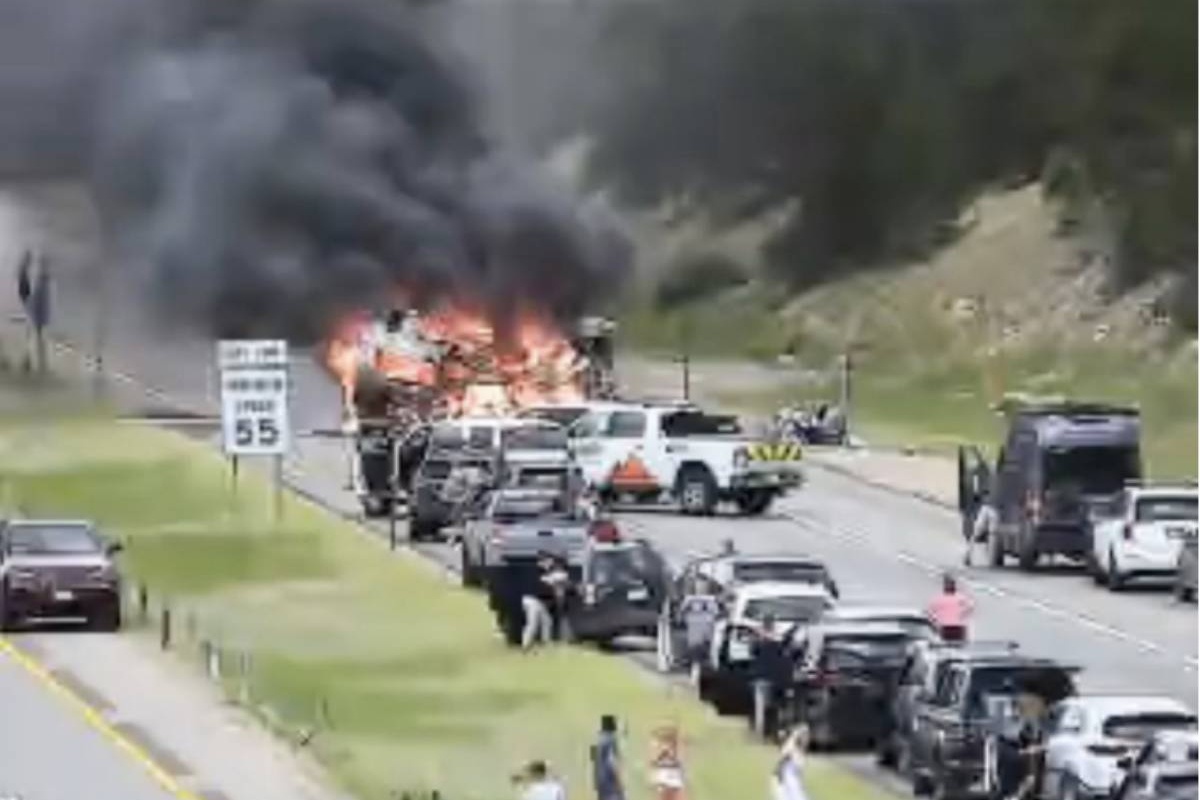
For many dancers, New York City is the place to be. That's where Barbara Dilley got her start. She's performed with some of the most famous modern dance choreographers in the 60s and 70s, including Merce Cunningham and Yvonne Rainer. But Boulder is the place where Dilley found her artistic stride -- and a spiritual one. She launched the dance program at the Buddhist-inspired Naropa University and eventually became the school's president. Dilley is now 77 and still in Boulder. Her new memoir is called "This Very Moment: Teaching, Thinking, Dancing."
Dilley spoke with Colorado Matters' Andrea Dukakis.
Read an excerpt:
1976 JANUARY In the Wedding Cake House on Mapleton Hill the heat doesn’t reach the third floor ballroom for our winter morning classes. It’s really cold. I teach Cunningham technique and improvisation. At the end of January, on the top floor of the PIC building at the corner of 14th and Spruce, I perform a solo, Dancing Thinking Dancing Songs in a Square. There is a wooden floor surrounded by green carpet, and at one end there is a raised dais where the band played. The space was once a dance hall. I make an elaborate list of memories and thoughts for a score that becomes the program. The PIC building will soon be renovated into Dorje Dzong, a meditation center for the Vajradhatu Buddhist sangha. Sangha is the community, the ones who face the same direction, and Vajradhatu is the name of the international organization of meditation centers created by Chögyam Trungpa Rinpoche. The Hinayana I begin living with Brent Bondurant from the autumn dathun. We attend weekend seminars with Rinpoche and practice day-long group meditation sessions, nyinthuns. There are three three-hour sessions in one day. We do the first two then go around the corner to the Hotel Boulderado with friends and drink White Russians and talk about the Dharma. I read Buddhist philosophy and psychology. There’s a path leading to cessation of suffering, and I’m longing for this. Emotions are thoughts dressed up in fancy clothes. I watch my mind as I practice shamatha meditation, the first instruction of mindfulness. I sit on a cushion, follow the breath, and label thoughts, saying sub-vocally “thinking,” then come back to the breath. It brings calmness, or so it is taught. I think and think and it is endless. I complain. I’m told to just sit. Touch and go touch and go touchandgotouchandgotouchandgo I find myself in this intimate landscape of watching myself, my thoughts, feelings, this body. Then there is post-meditation practice. What happens when you leave the meditation hall? I remember those two veils I was introduced to by Rinpoche in the red trailer, “conflicting emotions” and “primitive beliefs about reality.” I long to be free of them. What are my primitive beliefs? It is awful to discover Ego, my great big me. Once the dynamic of this peculiar belief in a solid self is pointed out, I feel covered in something murky and thick. I can’t believe it is an illusion. Observing the way I see the world through this Ego lens, I am miserably self-conscious unless I drink a lot of whiskey. How can I teach when I am such a neurotic, self-absorbed mess? Rinpoche says Ego is the only horse we have to ride. On new and full moons the sangha gathers in the meditation hall to chant the Sadhana of Mahamudra, a vivid text by Rinpoche, full of surreal descriptions of Tibetan deities and requests for blessings from the lineage, those who have practiced through the ages. These lines always stop me: Good and bad, happy and sad, I contemplate birds. I look up for them and watch to see what is left. Both unfamiliar and intimate, the path of Dharma calls me. I commit to the Buddhist path. I take refuge vows together with other members of the community. I become a refugee in this land of meditation, practice, and study. ItakerefugeintheBuddhaItakerefugeintheDharmaItakerefugeintheSangha 1976 JUNE Dance classes are now held in the meditation hall on the second floor of 1111 Pearl Street. We put a folding screen in front of the shrine at the west end of the large elegant room. Above the shrine hangs a thangka, a traditional Tibetan painting of the Buddha Vajradhara. His eyes, peering over the top of the screen, watch the dancing. Naropa Summer Sessions are always a great festival, with friends arriving from New York to dance with us and then leave. Rinpoche teaches on Tuesday and Thursday evenings in the Sacred Heart school auditorium on the corner of High Street and 13th. The summer community gathers on the lawn to wait for talks to begin, enjoying the company of one another. During the summer there are social dances held in the gymnasium, with lots of rock ‘n’ roll. They last late into the night and I dance and dance and dance. I receive a National Endowment for the Arts grant and make a large group piece, Following the Windhorse. We perform in the elegant, spacious Academy Chapel on the Hill with the large circular glass window at one end From THIS VERY MOMENT: TEACHING, THINKING, DANCING by Barbara Dilley, from Naropa University Press. Copyright © 2015 by Barbara Dilley and reprinted by permission of Naropa University Press. |









